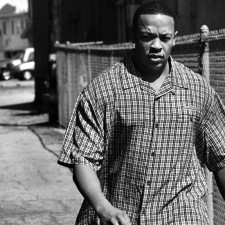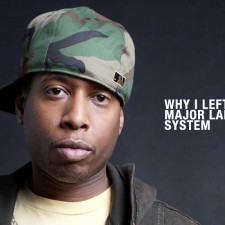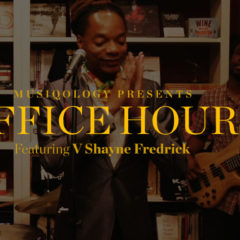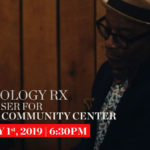It’s been almost two weeks since Kendrick Lamar dropped To Pimp a Butterfly (TPAB) on us and the reviews are overwhelmingly positive. We are especially digging the review from friend of Musiqology, Greg Tate, for Rolling Stone. In his review Tate cuts to the heart of how Kendrick is able to package his talent and energy into a tome that confronts past and present manifestations of white supremacy,
To Pimp a Butterfly is a densely packed, dizzying rush of unfiltered rage and unapologetic romanticism, true-crime confessionals, come-to-Jesus sidebars, blunted-swing sophistication, scathing self-critique and rap-quotable riot acts. Roll over Beethoven, tell Thomas Jefferson and his overseer Bull Connor the news: Kendrick Lamar and his jazzy guerrilla hands just mob-deeped the new Jim Crow, then stomped a mud hole out that ass.
Truth.
TPAB sharpens the senses. And while there is a lot to say about TPAB’s provocative cover art, the lyrical themes of survivor’s guilt, “Lucy,” and how he broke Spotify streaming records and still managed to sell over 300 thousand copies in its first week, we wanted to pay special attention to the musical tapestry of the album.
The album is a dense sonic landscape that is rife with discriminate samples, haunting vocal harmonies, and the creative unleashing of some of our favorite young jazz virtuosos. Premier jazz site, Revive Music, cast a light on the talented musicians on TPAB and writer Seve Chambers interviews Robert Glasper to get an insider’s perspective on the TPAB recording process. Glasper had this insight to share,
He’s very spontaneous. Kendrick is very in the moment, and I’m the exact same way. I make most of my shit up when I’m in the studio, with the things that are around, you know what I mean?
So that’s kind of how Kendrick was rolling. Kind of just like shit happens on the spot. Take that, and put that, and make it into this. And then you have an incredible album.
You take that type of creative and free environment and add top notch producers such as Flying Lotus, Pharrell, Terrace Martin, Sounwave, Boi-1da, and others, then something truly great can happen. Not only were musicians and producers pushing their own musicianship, but on TPAB, they adroitly drew from the deep well of previously recorded music. Samples and vocal interpolations are such an integral part of how hip hop expresses itself. Samples emphasize the genre’s ongoing dialogue with its predecessors. TPAB is no different. It balances its originality with consistent, yet selective sampling.
Thankfully, Run P. compiled all the samples for us in mix. Enjoy the TPAB source material and check out the diverse list of sources below.
To Pimp a Butterfly Samples and Interpolations List
“Wesley’s Theory:” “Every Nigger is a Star” Boris Gardiner
King Kunta: “Get Nekkid” Mausberg; “Smooth Criminal” Michael Jackson; “We Want the Funk” Ahmad Lewis; “The Payback” James Brown
“Momma:” “On Your Own” Lalah Hathaway; “Wishful Thinkin'” Sly & The Family Stone
“Hood Politics:” “All for Myself” Sufjan Stevens
” I:” “That Lady – Pts. 1& 2” The Isley Brothers
“Mortal Man:” “I Know Get Eye for Back” Fela Kuti (as performed by Houston Person)
To Pimp A Butterfly: Samples Mix by Run Purnell on Mixcloud
Tags: Hip-Hop, kendrick lamar, morgan rhodes, new releases, npr, oliver wang, TPAB

 Share On Facebook
Share On Facebook Tweet It
Tweet It




![[VIDEO] Kamasi Washington’s “Epic” Album Release Show](https://musiqology.com/blog/wp-content/uploads/2015/05/kanmasiwashington-225x225.jpg)



![[VIDEO] Revisiting Ava DuVernay’s “The Door” with Music Supervisor Morgan Rhodes](https://musiqology.com/blog/wp-content/uploads/2015/01/morghanrhodes-part-2a-225x225.jpg)








